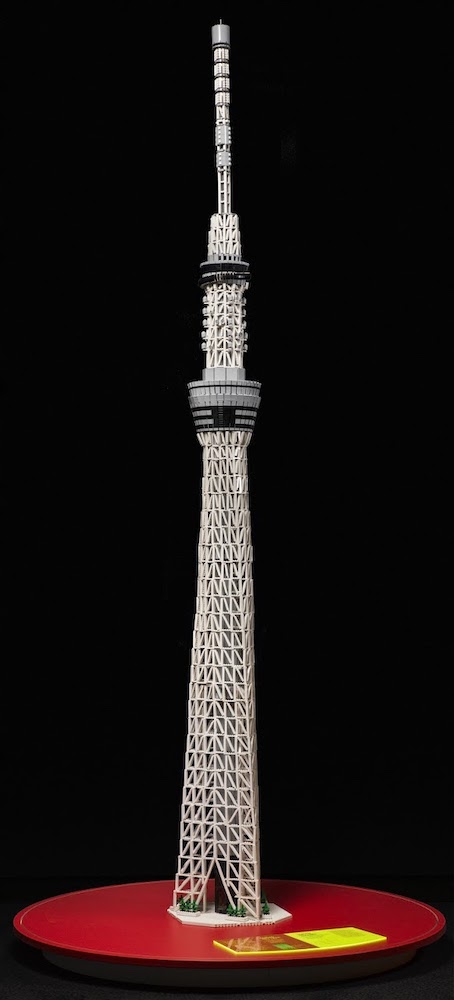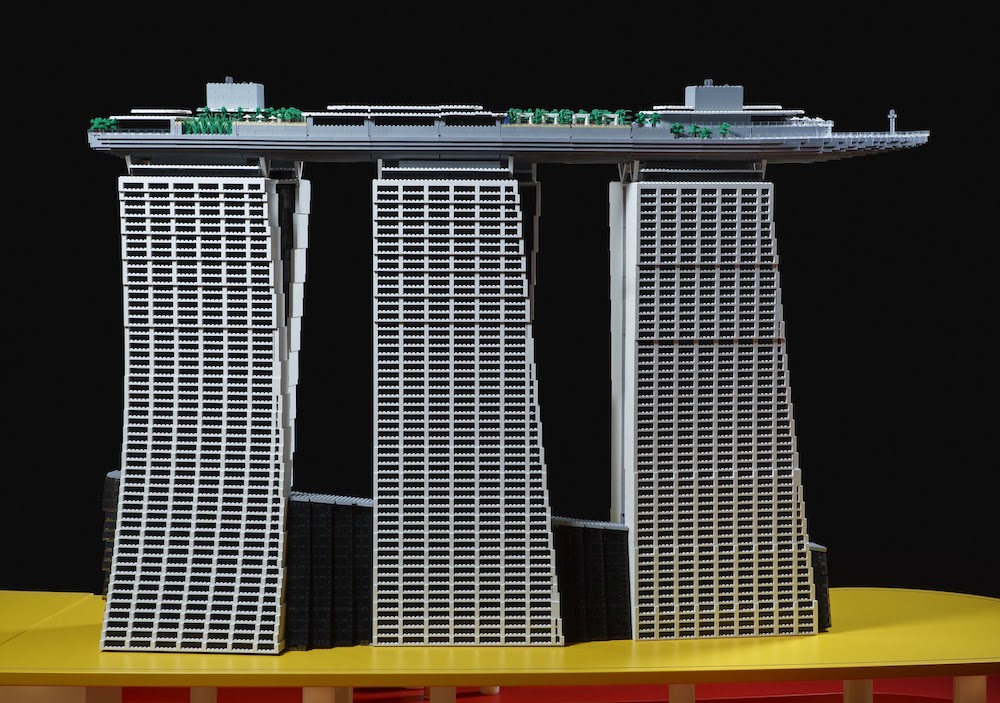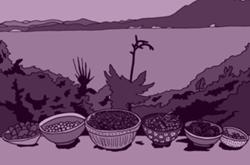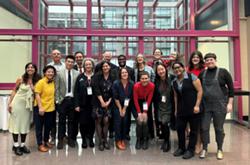Burj Khalifa in Dubai, the tallest skyscraper in the world, stands some 828 metres, or 160 floors tall. That’s four times as tall as the Shangri-La, Vancouver’s tallest building.
At the recent opening of the Towers of Tomorrow exhibition at Vancouver’s TELUS World of Science, 20 skyscrapers from around the globe — Canada, the U.S., Australia and the United Arab Emirates — were on display, all constructed out of Lego blocks by a certified master of the form.
If being Lego master sounds like a childhood dream come true, it’s a little more complicated than slamming a bunch of bricks together. As the show’s curator Jesse Brydle explained, replicating the details of the various structures in Lego, including decorative elements like the Chrysler Building’s gargoyles, demands the patience of a saint and the creativity of a 10-year-old.
The miniature towers are exquisite to look at and deeply charming.
Burj Khalifa holds pride of place in the centre of the show, an azure spear aimed toward the sky. Or in this case, ceiling.
But as Brydle noted, no one lives on the top few floors, because the tower moves so much in the wind. Also, it’s impossible to pump water up that high. So not only would your furniture slide around, but you’d also have to pee in a bucket if you lived in the tallest apartment in the world. There are some limits to architectural hubris.
Next to massive structures like the Petronas Twin Towers in Kuala Lumpur, or Tokyo’s Skytree, Vancouver’s piddling little toothpicks don’t look all that exciting. But that’s soon to change, with a number of new developments creeping ever higher. Developers like Westbank Corp. and Oxford Properties are aiming towards the heavens.
Because size is everything.
Starchitect Bjarke Ingels named his design firm BIG after all. His latest erection in the city is Vancouver House (52 storeys). It’s not as high as the Shangri-La (62 storeys) or the dumpy Trump Towers (63 storeys), but still hard to avoid.
Vancouver’s buildings have nothing on the reigning size queens around the globe. But even more modest towers bring up some savage emotions. Love them, hate them, or get a crick in your neck looking at them, most folk have very firm opinions about the tallest buildings in town.
The luxury condos that make up Billionaires Row around Central Park in New York, for example, invoked such heights of fury and invective that even hardened New Yorkers seemed slightly taken aback.
In their Lego form at Science World, the slender skyscrapers located at 111 West 75th St. and nearby Central Park Towers in NYC don’t look that evil, but if they were looming over you every day, casting long dark shadows over your favourite park, I imagine it’d be easy to hate them.

As part of Towers of Tomorrow, attendees are invited to participate by contributing ideas for the future of Vancouver’s False Creek South neighbourhood. This "interactive community building" is described as a means to "to facilitate creative thinking and playing with how urban and neighbourhood design can support and contribute to thriving communities."
Transit and towers often go hand in hand, a connection further bolstered in the exhibit’s inclusion of TransLink’s Transport2050 MicroCity, an animated 3D model that depicts the future growth and development of Metro Vancouver’s transit system.
On the eve of designing a transit plan for the next three decades, with the addition of millions of new residents, Vancouver faces some considerable challenges.
But are towers the best solution for housing all these new people? Densification, long believed to be the only way to solve Vancouver’s affordability issue, hasn’t worked so well thus far, especially in Vancouver, where waterfront property is rapidly becoming the equivalent of New York’s Billionaires Row.
At Science World, the people in attendance were advised to take care walking around the replicas, in case an inadvertent bump or jostle might bring down the show. The more likely outcome wasn’t pieces falling off, as the nice man from Science World explained, but things being added, like a Lego cow atop a tower.
This is an exhibition designed for both grownups and children, after all. The kids of today will soon become the AFOLs (adult fans of Lego) of tomorrow. They will be the ones living in the towers, squeezed into micro-suites that cost millions of dollars.
If global warming continues apace, the kids might need to go in the other direction and live in burrows deep underground. Perhaps one day, there will be an exhibit dedicated to the Tunnels of Tomorrow. ![]()
Read more: Housing
















Tyee Commenting Guidelines
Comments that violate guidelines risk being deleted, and violations may result in a temporary or permanent user ban. Maintain the spirit of good conversation to stay in the discussion.
*Please note The Tyee is not a forum for spreading misinformation about COVID-19, denying its existence or minimizing its risk to public health.
Do:
Do not: